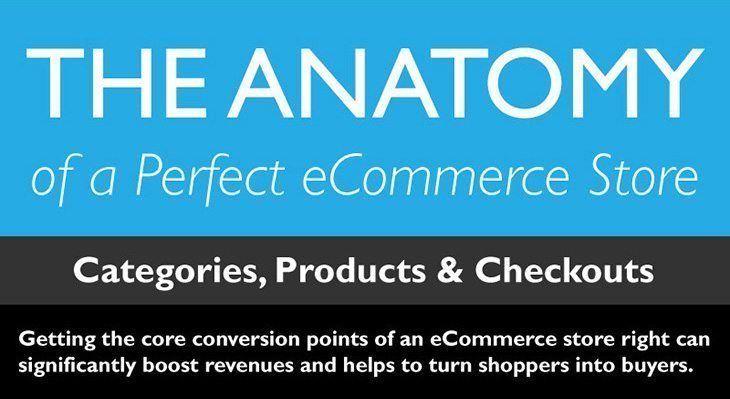Oftentimes, entrepreneurs fail to realize how tough running an e-commerce store can be. Granted, it may be possible to run on only a backbone of staff in comparison to what a brick and mortar store requires, with relatively few barriers to entry unlike with many other businesses, but because of this, there’s usually a lot of competition.
For most determined entrepreneurs, competition is not a problem, but a welcomed challenge. The reality is that if the foundations are wrong, no amount of marketing or correct price point or product will result in an attractive conversion rate. In this case, the foundations of the business are the online store itself, something which many tend to overlook in a bid to start trading as quickly as possible.
Get an e-commerce website right, and it’ll do a lot of the hard work for you; that is turning visitors into customers. Get it wrong and it’ll quickly start costing the business money in lost sales and abandoned baskets.
NuBlue’s infographic looks at “The Anatomy of a Perfect e-commerce Store” and comes complete with fantastic advice from six industry influencers, including Neil Patel, Matthew Barby, Pete Campbell, Bryan Adams, Al Mackin and John Rampton.
Whether you are an entrepreneur putting together a business plan for your first startup or an experienced marketer coordinating the redesign of an already successful e-commerce store; it’s easy to forget the foundations and pay more attention to the design and aesthetics. There’s a reason why many e-commerce stores follow a similar structure and that’s because it’s one which has been tried, tested and proven to convert.
Moz reported last year that the average conversion rate of an e-commerce store is just 1.4 percent, a figure which surprised many, and whilst there’s a number of contributing factors towards this, there’s no denying the fact that user experience plays a large part in it. In 2016, consumers want to experience a website, not simply browse it, and it’s down to marketers, entrepreneurs and every individual involved in the process of planning, designing, developing and rolling out an e-commerce store to ensure that this happens.
The field of user experience is still in its infancy, which in itself gives e-commerce retailers the opportunity to take note of the way consumers’ shopping habits are changing in order to act upon these.
At the end of the day, e-commerce within any industry is competitive but, if nothing else, this should be a driving factor to stand out from the crowd, to do things better than competitors and to be the business that consumers feel a connection with.
Take a look at the infographic below and see for yourself where you could make changes to your own e-commerce store:







